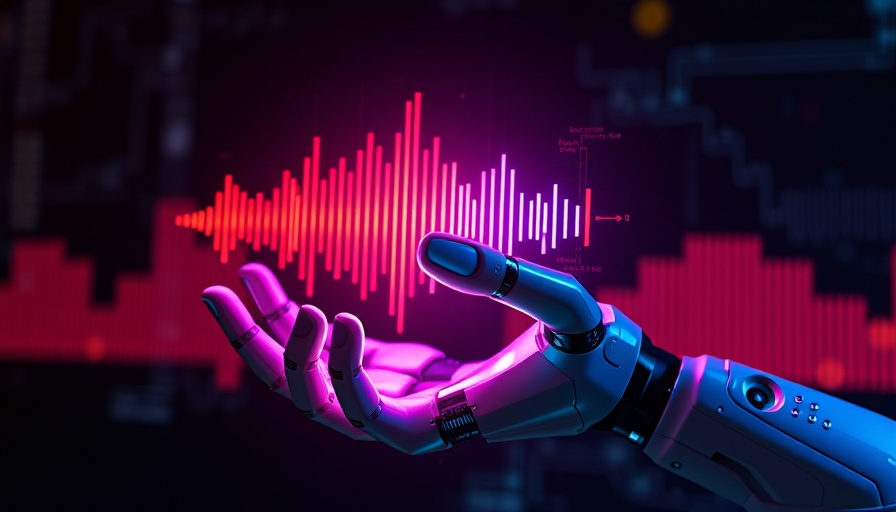
OpenAI Enhances Voice Assistant for Better User Engagement
OpenAI has unveiled significant upgrades to its Advanced Voice Mode, designed to foster more natural conversations in ChatGPT. Announced through a social media video by researcher Manuka Stratta, this update addresses the common frustration users experience when AI voice assistants interrupt during pauses for thought. The enhancement allows users to engage in conversations without the fear of being cut off, improving the overall interaction quality.
Impact of Enhanced AI on Healthcare Communication
As healthcare increasingly adopts digital solutions, the importance of evolving AI voice technologies becomes evident. For healthcare IT professionals, the responsive and patient nature of OpenAI's assistant can facilitate smoother interactions, especially in fast-paced environments where clear communication is critical. An AI voice assistant capable of maintaining a coherent dialogue without unnecessary interruptions could significantly improve administrative processes and patient engagement in clinics and hospitals.
Comparison with Competitors: A Closer Look
OpenAI's advancements come in the face of rising competition, particularly from new entrants like Sesame, which have gained traction for their realistic AI voice applications. Also notable is Amazon's push with a soon-to-be-released version of Alexa powered by large language models. This competitive landscape urges established players to refine their offerings continually, ensuring they meet the nuanced needs of users in sectors such as healthcare.
Personalization: The Key to AI Acceptance
The newly enhanced AI voice assistant is touted as being "more direct, engaging, and creative," attributes that are critical in healthcare settings where providers require precise and contextual responses. Personalization not only improves user experience but also builds trust—a crucial factor when healthcare professionals depend on AI tools to support their daily decision-making processes.
Conclusion: Embrace the Future of AI in Healthcare
As AI technologies evolve, embracing these innovations is essential for healthcare professionals aiming to improve operational efficiency and patient care. OpenAI's commitment to advancing voice assistant capabilities exemplifies how technology can bridge communication gaps in healthcare. Therefore, staying informed about such advancements is crucial for those in the healthcare sector.
 Add Row
Add Row  Add
Add 




Write A Comment